Sony A6100 Review: The Best Entry-Level Mirrorless Camera
Aadhya Khatri - Nov 16, 2020
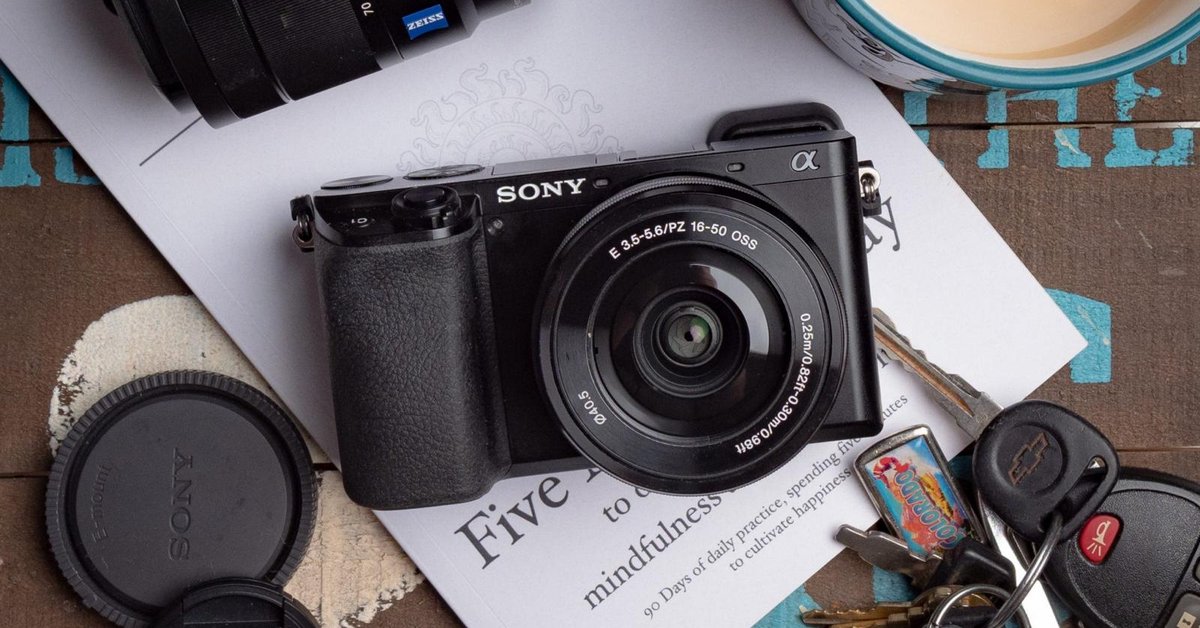
In this Sony A6100 review, we look at the successor of the well-loved Sony A6000 - a beginner-friendly camera still available five years after its launch
In this Sony A6100 review, we look at the successor of the well-loved Sony A6000 - a beginner-friendly camera still available five years after its launch.
The two of them are for entry levels in the mirrorless APS-C sensor cameras of Sony. APS-C means the sensor size is bigger than that of a smartphone but smaller than a full-frame snapper.
Most of the A6000’s significant features are kept on the A6100. However, we would like to point out some very thoughtful enhancements in this Sony A6100 review 2020.
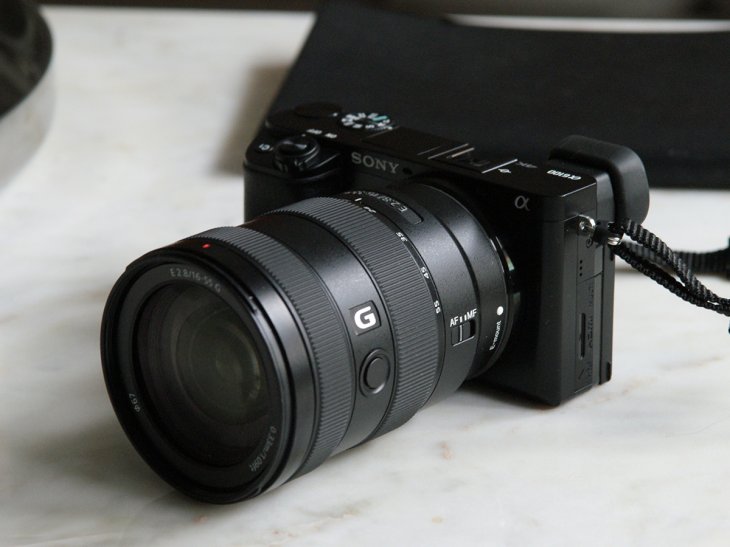
Build And Handling
Depending on the size of the lenses you pair it with, the Sony A6100 can be fit into a jacket pocket. This compactness is thanks to the small form factor. The camera is only 67mm tall and has a flat profile.
The body is made out of polycarbonate and it feels quite solid in your hands. You will be able to have a firm hold, courtesy of the textured thumb and grips. Plus, the buttons and dials are robust.
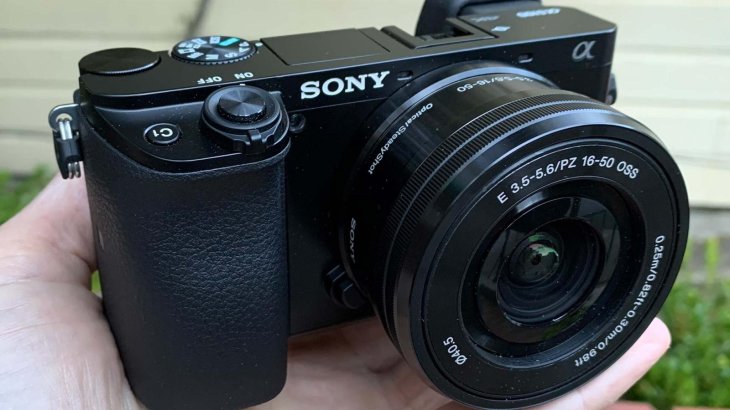
It’s worth pointing out in this Sony A6100 review that gives the compact size, the camera features a quite large number of features and controls.
For indirect fill light, you can tip the pop-up camera back. The camera features a hotshoe so that users can attach the accessories of their choice.
The appearance of onboard EVF is a surprising addition to the A6100, given the Sony A6100 price. However, users will have to spend some time breaking into it and the resolution is just 1.44 million-dots - an average number.
The LCD touchscreen is versatile - you can flip it up, out, and even vertically for selfies. The 3-inch screen’s resolution is 920,000 dots which is quite modest. The screen is 16:9, so 3:2 photos won’t be able to fill it.
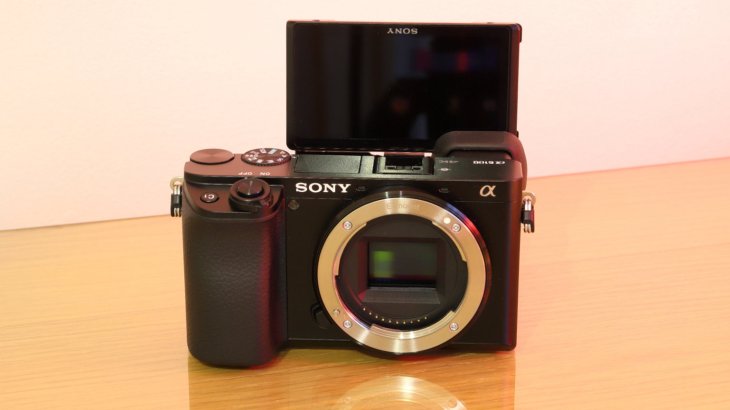
Given the A6100’s position as a camera for beginners, it’s a bit puzzled at how limited the touchscreen is. All you can do with it are pinch-to-zoom, scan images in playback, tracking, and choose AF points.
Small cameras often mean small buttons but that isn’t the case with this one. All the buttons are of reasonable sizes and have clear labels. The two dials are on the rear and can be controlled using your thumbs.
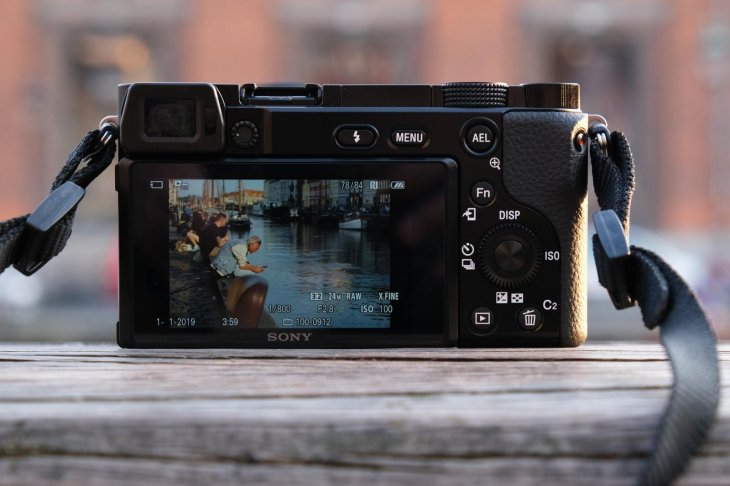
Another welcoming feature we would like to point out in this Sony A6100 review is the long battery life, which allows for 420 shots between charges. Please bear in mind that you only have a USB cable with the camera with no battery charger.
The SD card can’t compete with the modern UHS-II cards with the mind-blowing speed of reading and writing. So expect some occasional functional lags when you use the camera for a long time.
One issue you should be aware of is with the Auto ISO when shooting with the Aperture priority mode. The function usually favors a low ISO instead of a faster shutter speed. However, this problem isn’t unique to the A6100 but plagues cameras of the price point.
Performance
The most useful feature of this camera is its reliable and quick autofocus system. It shares the same AF system with the more expensive A6600 - a camera comes as twice its price.
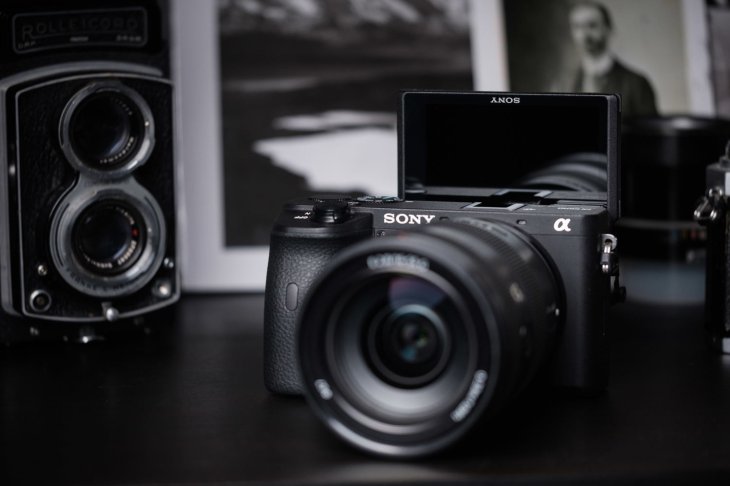
Users have the choice to choose from various Focus Areas and Focus Modes.
An 11FPS burst mode is cool on paper but in reality, continuous high shooting is disappointing. That is another drawback we want you to be aware of with this Sony A6100 review. Sony claims 67 frames but the burst length doesn’t match that. And it takes time before the full performance is accessible again.
The Bionz X processor fixes some disadvantages of the UHS-I SD card slot but not all. If this feature is important to you, we recommend going for the Olympus E-M5 Mark III, which is compatible with UHS-II and doesn’t limit burst shooting.
Image Quality
Sony has been sticking to the 24MP resolution for more than a decade. The company rarely ventures out of that resolution. The choice is sensible for an entry-level shooter like the A6100 but a bit disappointing for flagship cameras.
Here are some sample photos:

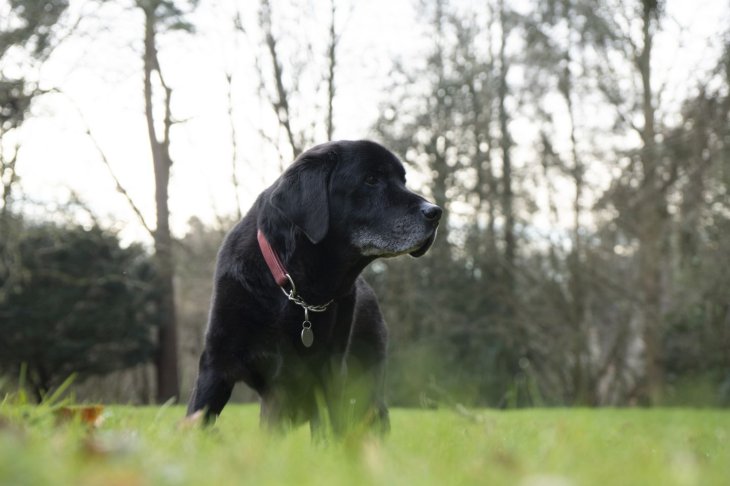
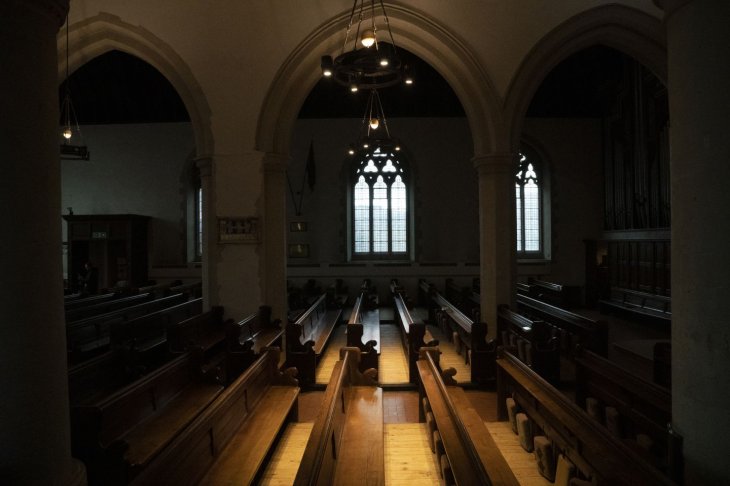
Users can have 4K videos at 25FPS and the continuous tracking autofocus helps a lot with the quality.
Images rely heavily on the lens you use, not just Sony A6100 specs, and the 6-50mm Power Zoom kit lens doesn’t help much. So our recommendation here is to go for different lenses.
The one thing to take away from this Sony A6100 review is the Standard Creative Style is the one to go for if you want accurate colors and tones with JPEG photos. The color profile Sony offers is improving and users will appreciate the differences.
Some users may find features like skin tones are too saturated. If you are bothered, a few solutions to counter the effect are shooting in RAW format or lowering the contrast.
The dynamic range is another advantage we would like to talk about in this Sony A6100 review. You can see lots of recovered details from shadows seemingly black. With ISO of 6400 and higher, users will notice patches for overall luminance noise and chroma noise when taking images with low contrast.
Those who are considering Sony A6100 vs A6400 can rest assured that they will produce photos with comparable quality, the only difference lies in the video department.
>>> Sony A7S III Price, Specs, And Everything You Need To Know About This Low-Light, 4K Masterpiece
Featured Stories

Review - Aug 23, 2025
Revolutionize Your Communication: How to Buy Virtual Numbers on Telegram

Review - Jun 25, 2025
Windows 11 Problems: Is Microsoft's "Best" OS Actually Getting Worse?

Features - Jun 18, 2025
Best Mobile VPN Apps for Gaming 2025: Complete Guide

Review - Jun 18, 2025
Nintendo Switch 2 Review: A Triumphant Evolution Worth the Wait

Mobile - Jun 12, 2025
Best Gaming Phones 2025: Top Devices for Mobile Gaming

Mobile - Jun 12, 2025
Vivo T4 Ultra Debuts with MediaTek Dimensity 9300+ Chipset

Gadgets - Jun 12, 2025
Lava Prowatch Xtreme Launches with Google Fit Integration

Mobile - Jun 08, 2025
Realme GT 7T Review: Power Meets Endurance in Controversial Style

Mobile - Jun 07, 2025
Realme C73 5G Launches in India: Budget 5G Phone Starts at ₹10,499

Review - Jun 07, 2025
Comments
Sort by Newest | Popular